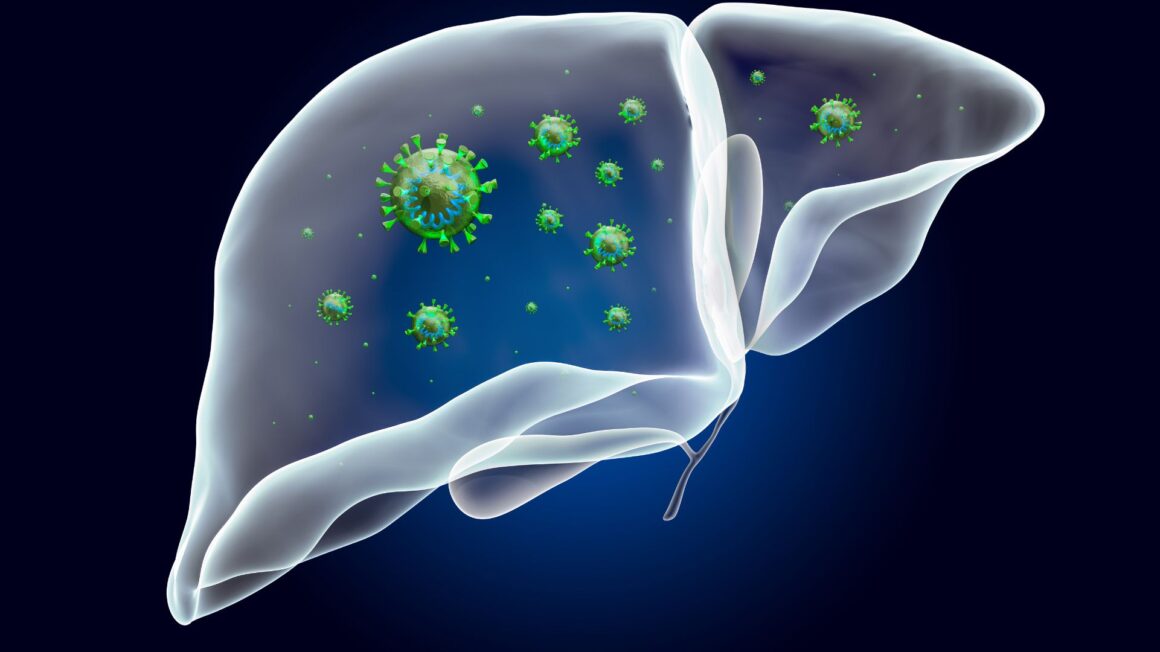Gallbladder and Biliary Tree Surgery
Surgery involving the gallbladder and biliary tree is a critical aspect of gastrointestinal and hepato-pancreato-biliary (HPB) medicine, addressing disorders ranging from benign gallstones to complex malignancies. The gallbladder’s primary function is to store bile, a digestive fluid produced by the liver, while the biliary tree—comprising the bile ducts—transports bile from the liver to the small intestine, aiding in digestion and absorption of fats.
Gallbladder Surgery
The most common gallbladder surgery is cholecystectomy, the surgical removal of the gallbladder. This procedure is typically performed laparoscopically and is indicated for gallstones causing pain (cholelithiasis), inflammation (cholecystitis), or biliary dyskinesia. Laparoscopic cholecystectomy is favored for its minimally invasive nature, offering advantages such as shorter hospital stays, quicker recovery, and less postoperative pain compared to the traditional open approach.
Biliary Tree Surgery
Surgical interventions on the biliary tree address conditions such as:
- Cholangiocarcinoma: Cancer of the bile ducts, requiring complex resections and often reconstruction of the biliary tract.
- Biliary Strictures: Narrowing of the bile ducts, which may be benign or malignant, treated via surgical repair or endoscopic procedures to restore bile flow.
- Choledocholithiasis: Gallstones within the bile duct, potentially necessitating endoscopic retrograde cholangiopancreatography (ERCP) for stone removal, or surgery in more complex cases.
Techniques and Considerations
Laparoscopic and Endoscopic Approaches: Many gallbladder and biliary tree surgeries are now performed using laparoscopic or endoscopic techniques. ERCP, for example, combines endoscopy and fluoroscopy to diagnose and treat biliary or pancreatic ductal conditions without the need for open surgery.
Open Surgery: In cases of severe disease, anatomical variations, or when malignancy is suspected, open surgery may be required. This approach provides a broader field of view and greater access to the surgical site but comes with longer recovery periods and greater postoperative discomfort.
Robotic Surgery: An emerging option in gallbladder and biliary tree surgery, offering enhanced precision, flexibility, and control. Robotic-assisted surgery may be particularly beneficial in complex or delicate procedures, potentially improving outcomes and reducing complications.
Postoperative Care and Recovery
Postoperative care focuses on pain management, preventing complications, and gradually resuming normal activities. Recovery time varies depending on the procedure’s extent and whether the surgery was performed laparoscopically or via an open approach. Dietary adjustments may be recommended, particularly after gallbladder removal, to aid in the digestion process without bile storage.
Conclusion
Surgery of the gallbladder and biliary tree is essential for treating a range of conditions affecting these critical components of the digestive system. Advances in surgical techniques, particularly the use of laparoscopic and robotic methods, have significantly improved patient outcomes, offering safer, less invasive treatment options and faster recoveries. As technology and surgical techniques continue to evolve, the potential for even better patient outcomes and more effective treatments for gallbladder and biliary tree conditions is on the horizon.



